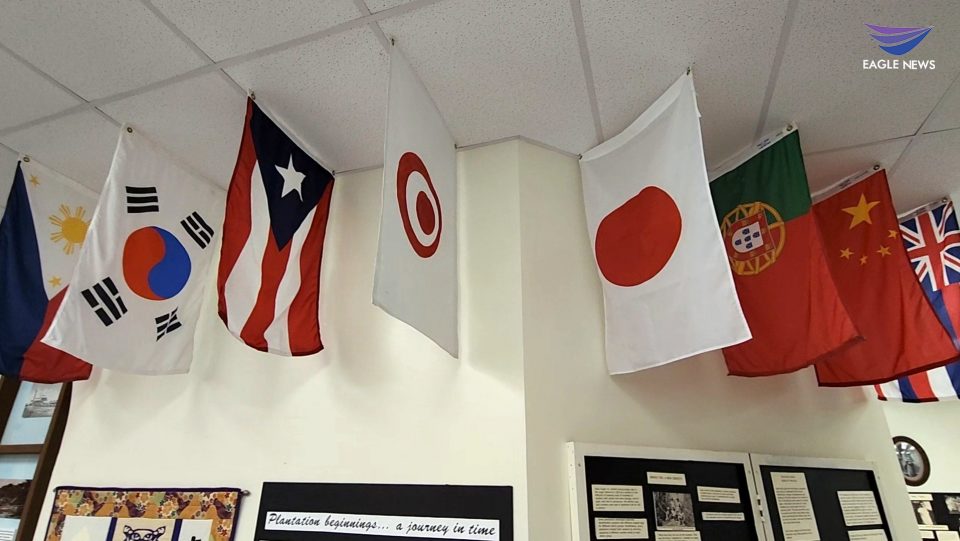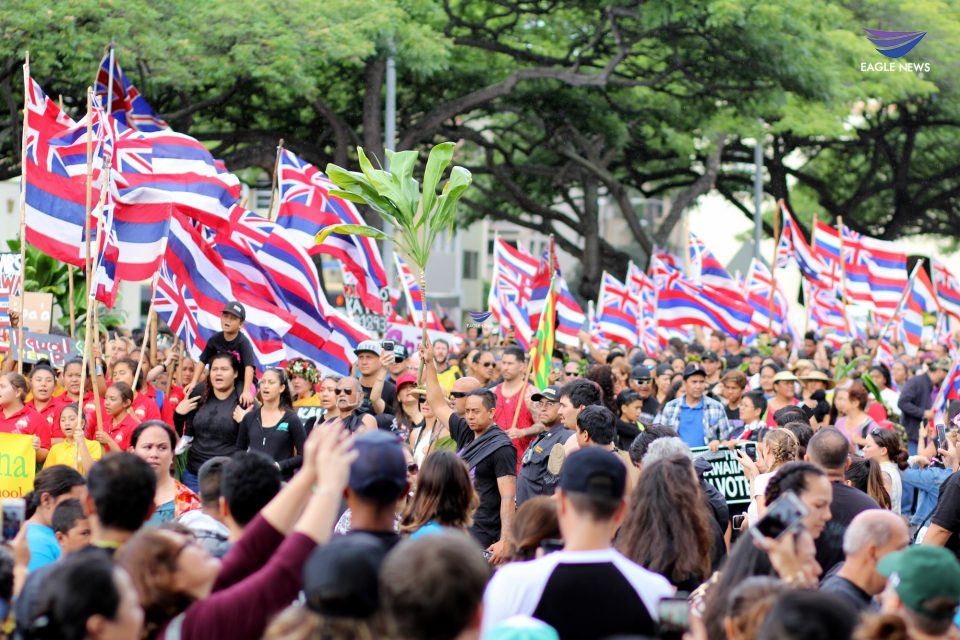By Alfred Acenas
Eagle News Service
HONOLULU (Eagle News) – In 2013, then-Governor Neil Abercrombie signed Act 28, which designated February as Mahina ʻŌlelo Hawaiʻi or Hawaiian Language Month, in an effort to uplift and strengthen Hawaii’s native language.
“Mahina ʻŌlelo Hawaiʻi is a time for our community to pause, reflect, and assess where we are and where we are going,” said Malia Nobrega, director of strategic partnerships at the University of Hawaii (UH) at Mānoa’s Hawaiʻinuiākea School of Hawaiian Knowledge. “We celebrate our successes and progress; and we fortify ourselves to normalize and strengthen the Hawaiian language for all the generations to come.”

In the 19th century, Hawaiian became a written language while also becoming the language of the Hawaiian government in public offices, the courts, the school system, and the legislature. ʻŌlelo Hawaiʻi was also the most widely used language among the general public, which included foreigners and various local ethnic groups.
However, with the subjugation of the Hawaiian Kingdom under the rule of the United States in 1898, Hawaiian was supplanted and English became the official language for all government offices and transactions.
By the turn of the 20th century, a Hawaii Creole language had begun to develop. This hybrid was the result of two language dynamics occurring simultaneously: the attempt to speak English by those who were accustomed to communicating in Hawaiian; and the Pidgin Hawaiian that was spoken by immigrants, especially those who worked at the plantations.
In 1978, during a resurgence of Hawaiian and other indigenous cultures, ʻŌlelo Hawaiʻi was re-established as an official language of the State.
In 1987, public schools began using Hawaiian as the medium of instruction at selected sites.

In 1990, the Federal Government adopted a policy to recognize the right of Hawaii to preserve, use, and support its indigenous language.
Today, ʻŌlelo Hawaiʻi is a Polynesian language spoken on all of the inhabited islands of Hawaii with only minor dialectical differences between them. In addition, it is the only Native American language that is used officially by a state government.
Earlier this month, incumbent Governor (Dr.) Josh Green signed two proclamations related to supporting and perpetuating the Hawaiian Language.
(Eagle News Service)
